Airbus and other stakeholders are launching an expression of interest initiative, for development of hydrogen handling infrastructure at airports. And they are hoping to see more uses of it there, beyond aircraft!
Airbus, Air France-KLM, Paris Region and Groupe ADP announced a call for expressions of interest for hydrogen handling, for airports. Groupe ADP (formerly Aéroports de Paris) is an airport operations company. But they are active well beyond the bounds of Paris. They’re involved in the running of a total of 26 international airports directly, and more as shareholders. So the scope of this project is beyond the regional level. This matters, to make such an infrastructure project successful.
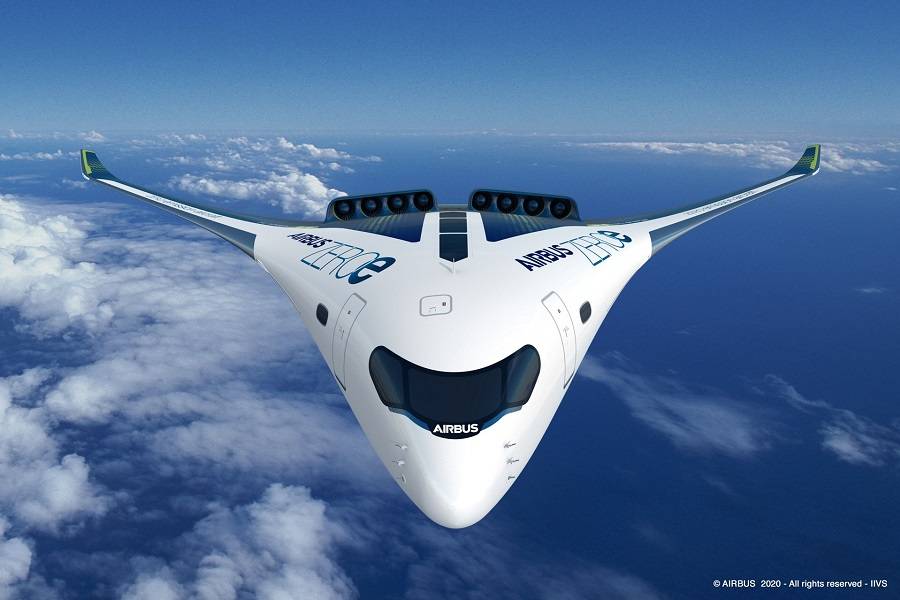
We have often pointed out how logistics is in many ways the unsung hero of aviation. So many seemingly minor tasks need to take place before aircraft can take off. And they need to happen right on time, in a specific order, with strict safety limitations. Airports have developed all this infrastructure over decades of operations, often after hard-earned lessons. And now Airbus needs airports to have similarly reliable and efficient technologies, for hydrogen.
Hydrogen handling at airports is a challenge that Airbus and its partners know needs its own focus. Designing aircraft running on hydrogen is difficult enough as it is. But first generating, then transporting, distributing and storing this promising fuel is another matter. However it’s no-less important than the aircraft’s own development. Some would argue it’s no less difficult, either.
Airbus’ Hydrogen Plans And Airport Infrastructure Development
As we have seen, Airbus aims to have its hydrogen aircraft operating at airports by 2035. Realistically, this means that airport infrastructure and handling should proliferate well before then. The partners in this initiative hope to make the Paris airports into “hydrogen hubs”. But of course they need to ensure good supply of the fuel in many more airports, for the project to work.
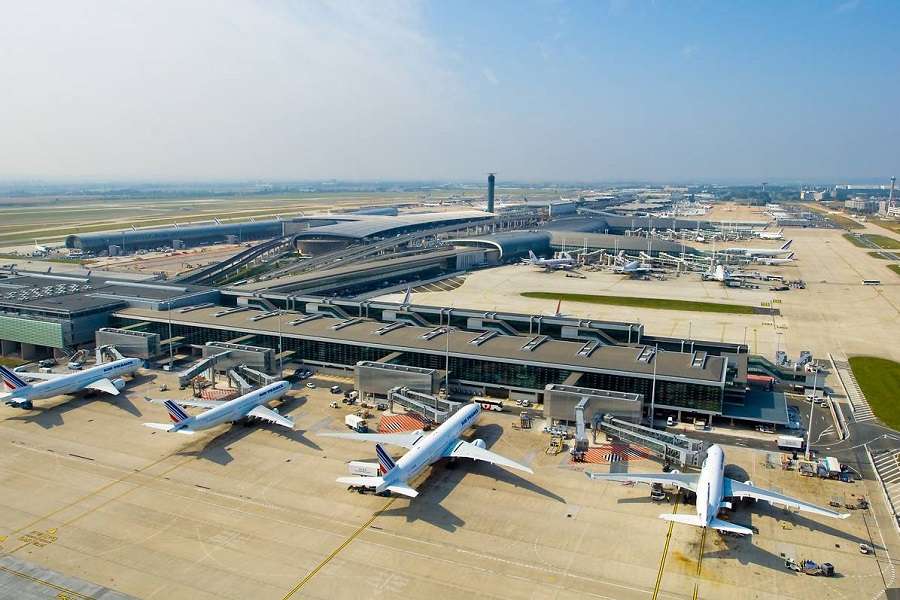
So, Airbus’ call for expressions of interest in hydrogen handling at airports, includes the following topics:
- Storage, transport and distribution of hydrogen (gaseous and liquid) in the airport environment. Airbus and its partners are interested in storage systems, micro-liquefaction and aircraft fueling, among others.
- Diversification of hydrogen use cases in airports and in aeronautics. This includes ground handling vehicles and equipment, rail transport (!) at airports and energy supply for buildings or aircraft during ground operations.
- Finally, Airbus and its partners wish to see suggestions for a circular economy around hydrogen at airports. This involves the recovery of lost hydrogen during multiple types of day-to-day operations.

In the launch of this ambitious airport hydrogen handling project, Jean-Brice Dumont, Executive Vice President Engineering at Airbus, said:
“Airbus is determined to drive a bold vision for the future of sustainable aviation, and to lead the transition to zero-emission commercial flight. Hydrogen is the one of the most promising technologies that will help us meet that objective – but we won’t be able to do it alone.
“This revolution will also require our regulatory and infrastructure ecosystems to change worldwide. Airports have a key role to play in enabling that transition, starting today, and we hope that this open innovation initiative will foster the development of creative projects and solutions.”
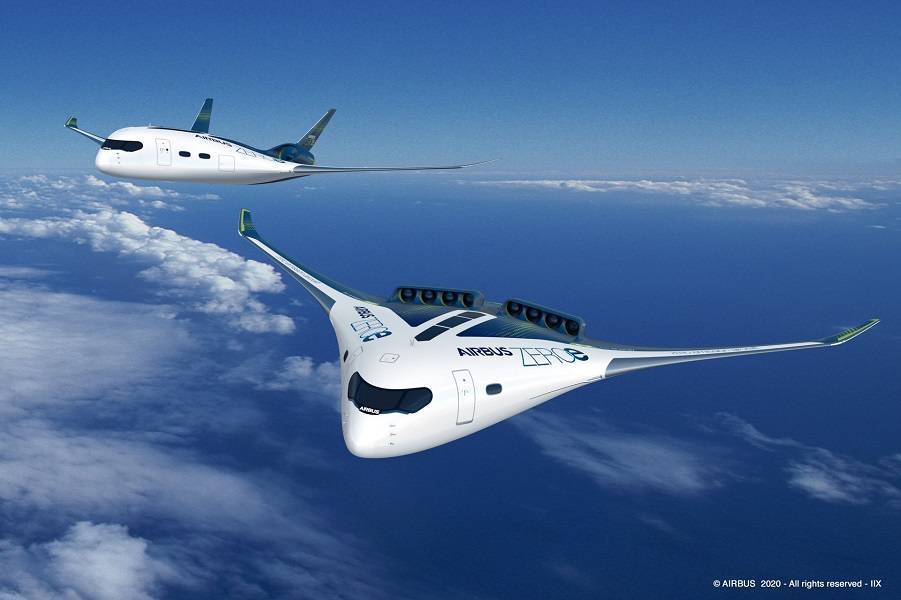
Is This A New Hydrogen Aircraft Design?
This announcement on airport infrastructure for hydrogen, included an updated Airbus aircraft design. We first saw the “blended-wing body” hydrogen aircraft design back in September. But keen observers will notice that there’s something new here. We had only seen one hydrogen blended-wing body Airbus before. But it now appears to have a larger sibling.
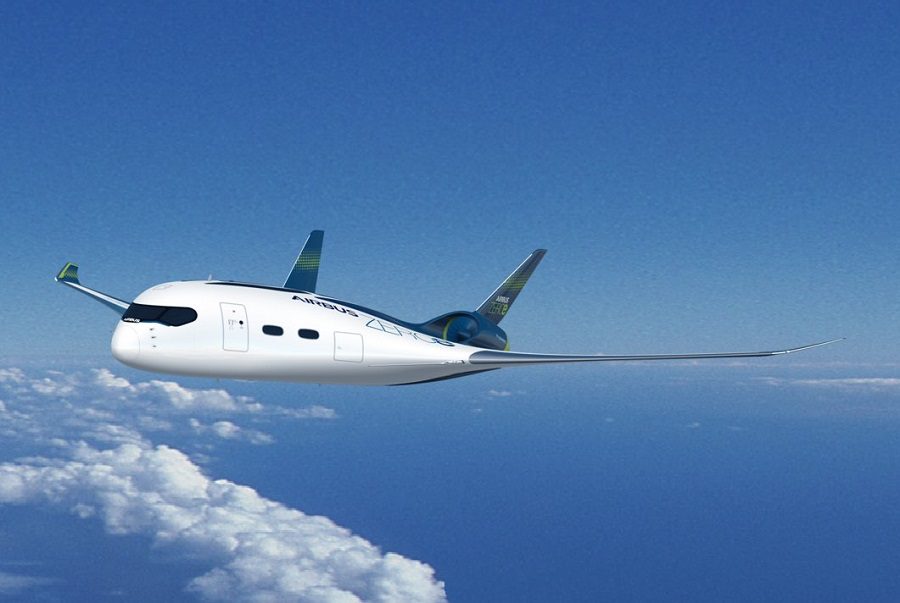
The closest aircraft in the composite picture (further up) is the earlier design. It very likely uses hydrogen fuel cell technology, driving multiple electric motors. It is also relatively small, judging by the size of the door and windows. The other aircraft shares many design features. But it is different. Certainly, it is larger. It also appears to have a hold or service door, in a part of the blended wing-body too small for passengers.
We don’t know which, if any of these two hydrogen Airbus designs is closest to getting to an airport. But the larger design also looks like it has turbofan engines. This points to hydrogen combustion, rather than a hydrogen fuel cell. On the other hand, Airbus has previously worked on MAVERIC, an all-electric blended-wing body design. It had a ducted-fan motor design and an otherwise similar layout to this latest version.
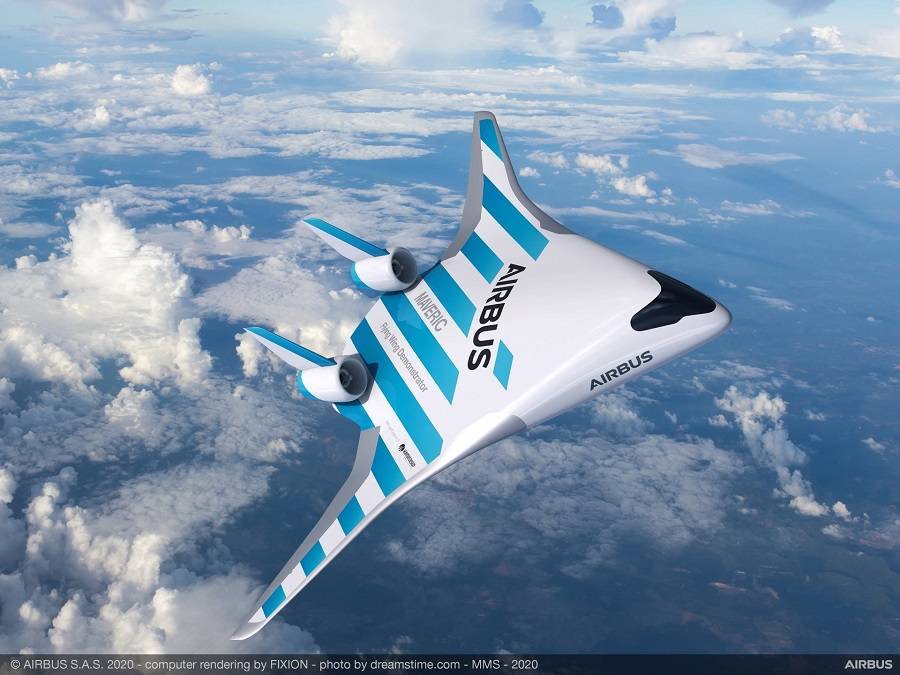
It seems that Airbus will keep us guessing about their hydrogen aircraft designs, but airports are another matter. They know that for their hydrogen project in general to have a chance for success, Airbus need airports with efficient infrastructure, capable of handling it. Seeing what interest this move attracts, will be very interesting.
Airbus and its partners announced the website h2hubairport.com for its hydrogen airport initiative, for anyone interested to participate!




2 comments
Andre T
Are they talking about handling pressurized, cryogenic hydrogen, or both? Would likely be both ground operations and short regional could work with pressurized hydrogen. Automotive has already been using pressurized hydrogen. Maybe safe. Still sceptical. All though they have done crash tests, don’t feel it has been sufficient and there aren’t enough hydrogen vehicles out there to prove out real life lessons.
Cryogenic hydrogen is a whole different challenge. My engineering experience having done hydrogen vents on launch vehicles and external hardware design on commercial jet engines, I don’t see it being practical and safe. Proof to me in part is doing crash tests. I just don’t see how you contain hydrogen in a crash or get cryogenic hydrogen to safely dissipate without explosive ignition. Then for ground handling is it safe to refuel at the gate or will aircraft have to be refueled empty at remote refueling stations? You have to assume it will be spilled.
Again this is all a dog and pony show.
Jon Green
So…aircraft using a fuel that’s painfully expensive and energy-inefficient to generate, and has far lower energy density than conventional carbon-based fuels, using that fuel (through fuel cell reconversion to electrical energy) in a process with a far lower yield than combustion.
It”s an interesting thought experiment, but I can’t help but think these will be expensive to make, expensive to certify and prohibitively expensive to operate, with limited range.
I’d like to be proven wrong, because they look absolutely gorgeous, but I suspect they may not make it past conceptual design and 3D renders.